Where did those plastic pink flamingos come from?
It was the perfect storm of right place, right time for Don Featherstone
Hello there!
Are you ready for fall?
The Pumpkin Spice Lattes may be on sale already1, but I’m not ready to leave summer behind just yet, so today I want to share on more summer-inspired story with you.
And this one was inspired by a trip to the beach…
While playing in the water with the kids, I noticed some people relaxing in large inflatable pink plastic flamingos.
It got me thinking about those pink plastic pink flamingos people used to put in their yards in the US.
How did that happen — and what was the story behind them?
I was curious…
The story of those pink plastic flamingos starts in 1956, when a 21-year-old artist named Don Featherstone had a problem.
He was a trained sculptor with a background in classical art who had recently graduated from the Worcester Art Museum’s art school in Massachusetts.
And he needed a job.
A friend told him that a Massachusetts-based lawn and garden decoration manufacturer called Union Products was looking for someone who could sculpt and design plastic items.
“They were making flat plastic ornaments at first, and were looking to go three dimensional,” Don said.
“My friend said plastic places will prostitute my work and I'd make no money, but it was worth a try.”
Union Products hired Don in 1956 to design three-dimensional animals.
Among his first creations was a girl with a watering can, and a boy with a dog.
Then he was asked to sculpt a three-dimensional duck.
To study a duck closely, Don went and bought one.
“I named him Charlie,” he said.
After Don had finished his sculpture of a plastic duck, he set Charlie free in a nearby park.
Then he was asked to design a flamingo.
Flamingos were all the rage in the 1950s – but live ones were harder to come by than ducks in Massachusetts.
“It was tough to find one around here to use as a model,” Don said.
“But as luck would have it, National Geographic came out with a story titled ‘Ballerinas in Pink.’”
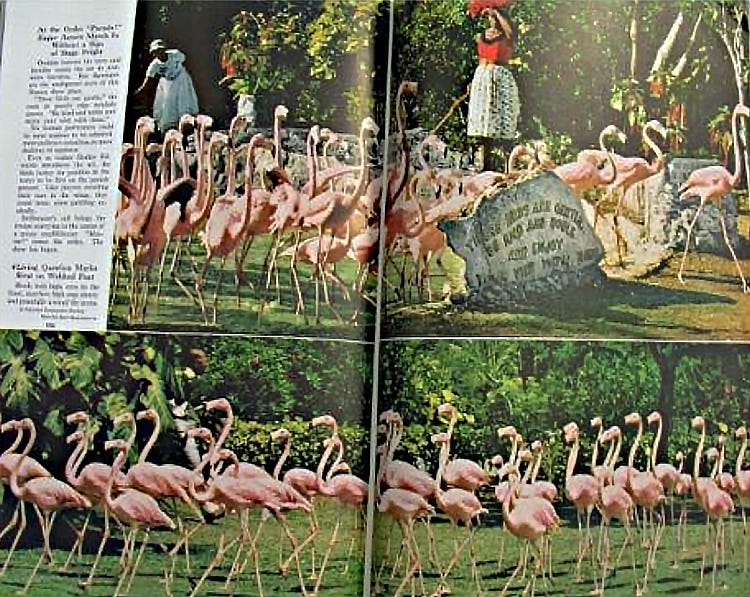
Don selected two images from the magazine – one flamingo with its head up and the other with its head down — because he knew the flamingos would be sold in pairs.
He then sculpted the bodies in clay and finished his creation in “about two of three weeks.”
A pair of Don’s flamingos were offered in the Sears catalog for $2.76, along with the instructions:
“Place in garden, lawn, to beautify landscape.”
Another ad (from 1958) noted that the “Lovely pink coloring forms a handsome contrast against the green of your lawn and shrubbery.”
Don’s flamingos had a lot going for them: their color, their material, and their association with the exotic.
His flamingos were hot pink – a new and exciting color at the time that was associated with popular celebrities like Elvis Presley and Jayne Mansfield.
The flamingos were also made of plastic – a cheap and sturdy material that was becoming increasingly popular for mass-produced commercial products.
And the flamingo itself was associated with the extravagance and exotica of Florida.
Although flamingos had been hunted to extinction from Florida in the 19th century, Florida resorts began importing flamingos in the early 1900s to populate their grounds.
Miami Beach’s first grand hotel was called The Flamingo, and both the state and the bird became synonymous with tropical vacations, wealth, and sophistication.
Don had the perfect storm for success – and his flamingos were a hit.
Working-class homeowners across the country were soon buying a pair of pink flamingos to add a splash of color and sophistication to their lawns.
“A woman could pick up a flamingo at the store and come home with a piece of tropical elegance under her arm to change her humdrum house,” Don said.
And, as Don’s wife Nancy observed, “People just thought it was pretty.”
But a decade later, the flamingos were viewed in a different light.
Consumers began to turn up their noses at the mass produced, unnatural, tacky creations.
Sears dropped the flamingos from their catalog, and Don’s plastic duck Charlie was outselling his flamingos.
But then the 1980s rolled around, and what had been viewed as tacky was becoming avant garde.
Don’s flamingos were popular again – so much so that imitations began to hit the market.
As a result, in 1986 Don inscribed his signature in the original plastic mold, allowing people to identify the real “Featherstones” from the knock-offs.
In 1987, the governor of Massachusetts declared Don’s plastic flamingo “an essential contribution to American folk art.”
A few years later, Don’s plastic pink flamingos began to appear in avant-garde art galleries, and by the late 1990s, were even being sold in the gift shop of the Museum of Contemporary Art in Los Angeles.
Boston’s Museum of Fine Arts also had a pair of Don’s flamingos in their collection.
On the 50th anniversary of their creation, Don was asked to explain the popularity of his flamingos.
“We sold people tropical elegance in a box for less than $10,” he told the Chicago Tribune in 2007.
“Before that, only the wealthy could afford to have bad taste.”
Don even decorated his lawn with 57 of his flamingos, marking the year of their creation.
Don spent 43 years with Union Products2, eventually rising to the position of president before his retirement in 1999.
He died on June 22, 2015.
The flamingos were just one of more than 650 items Don created, but certainly the most memorable.
“I loved what I did, it's all happy things.
“You have to figure, my creations were not things people needed in life, we had to make them want them.
“Things I did made people happy, and that's what life is all about.”
One more thing…
In 1979, students from the University of Wisconsin-Madison planted 1008 of Don’s plastic flamingos in the grass in front of the dean’s office.
Thirty years later, in honor of the students’ prank, the Madison, Wisconsin City Council named the plastic pink flamingo the official bird of the city.
And one more…
Don and his wife Nancy wore matching outfits every day starting in the late 1970s. They would pick out fabric together and she would sew them.
They had four wardrobes full of matching outfits (organized by season and occasion), including many flamingo-themed designs.
How Can I Help?
I’ll keep saying it: Communication matters.
If you want to improve your communication (and get all the good things that come with that), I’m your gal.
So many companies could reap massive rewards – from performance and culture to retention and engagement – by improving their communication.
So, if you know someone who could benefit from some help (as even the most seasoned leaders do), please get in touch and check out my website for more information.
You can also see my Top 10 list of what I can (and can’t) do for you here.
And if you see any communication examples (the good, the bad, and the ugly) that you think are worth analyzing or sharing, please send them my way!
Stay Curious!
-Beth
In August! Really Starbucks?
Union Products closed down in 2006, but the Cado Company of Fitchburg bought the rights to the Featherstone plastic pink flamingo and continues to manufacture them.




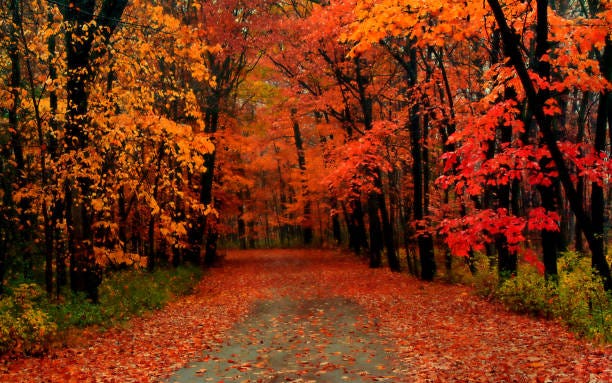
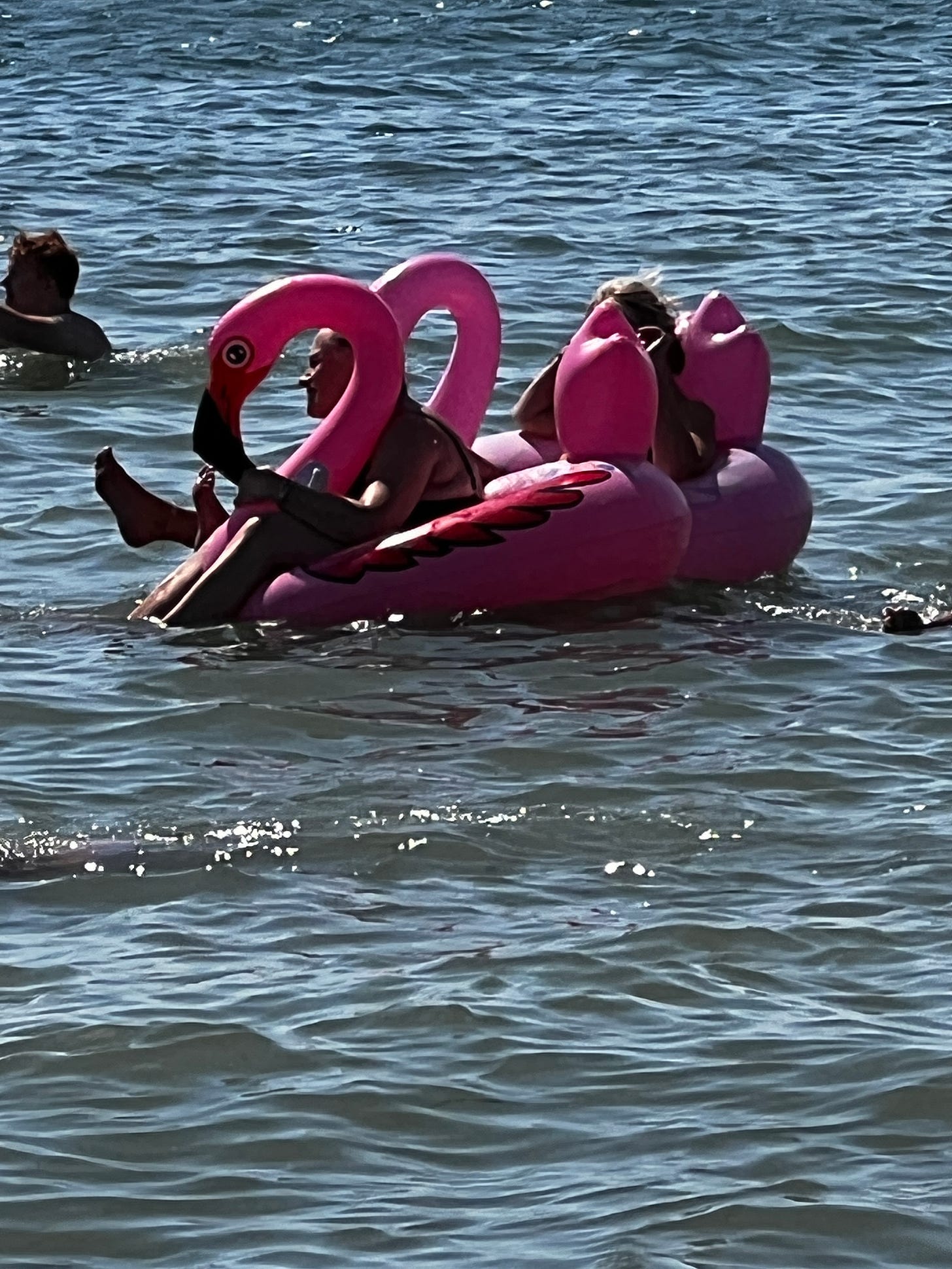
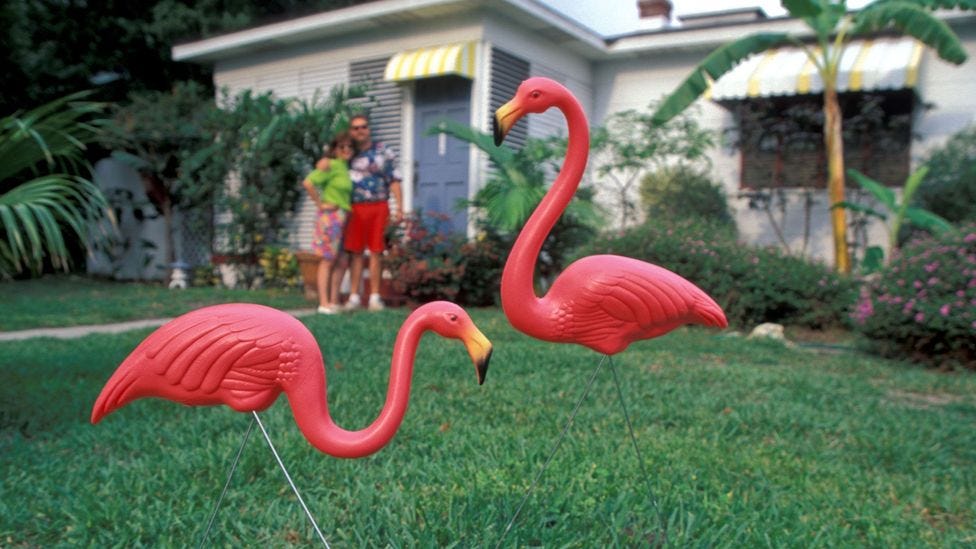

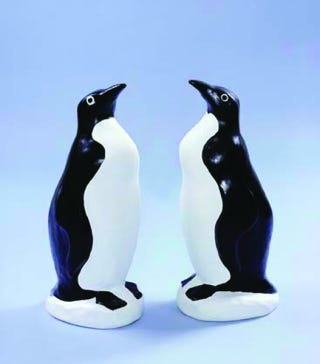
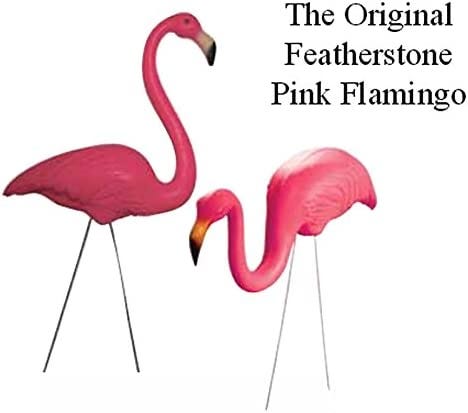
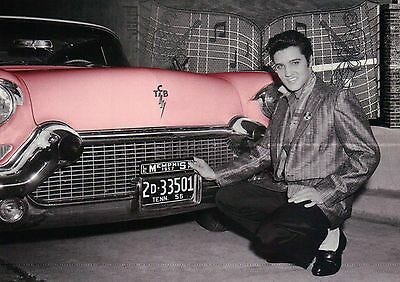
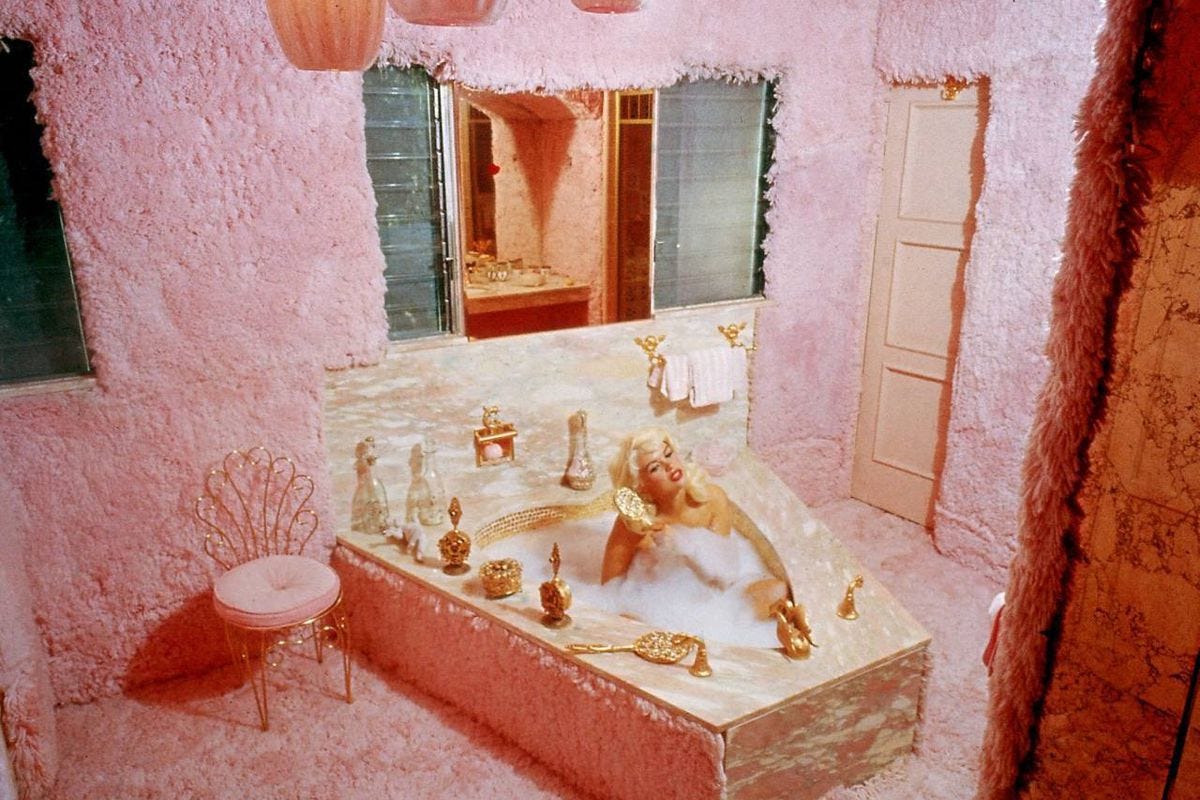
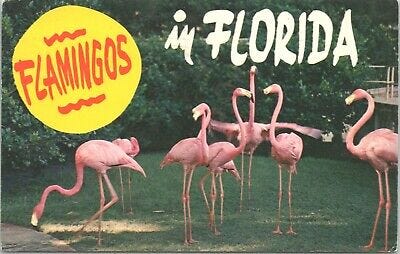
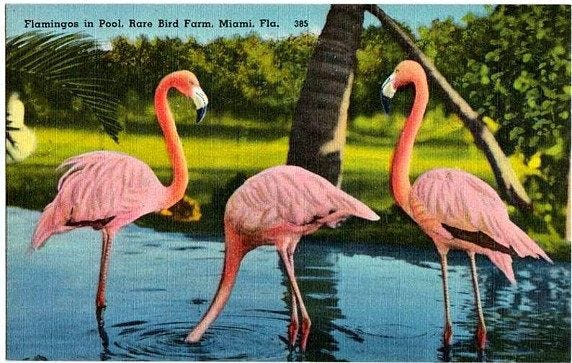
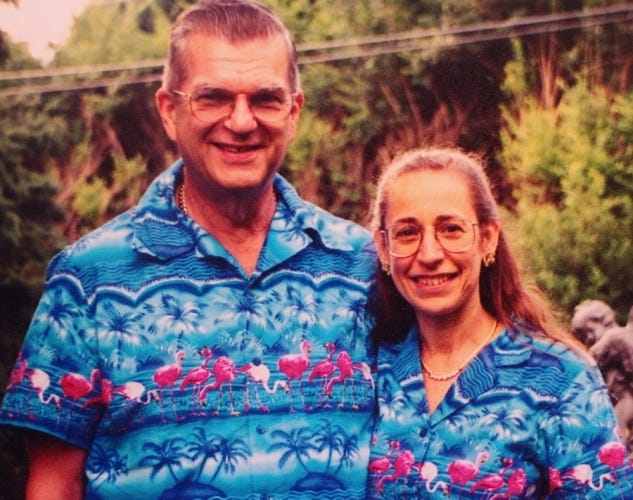

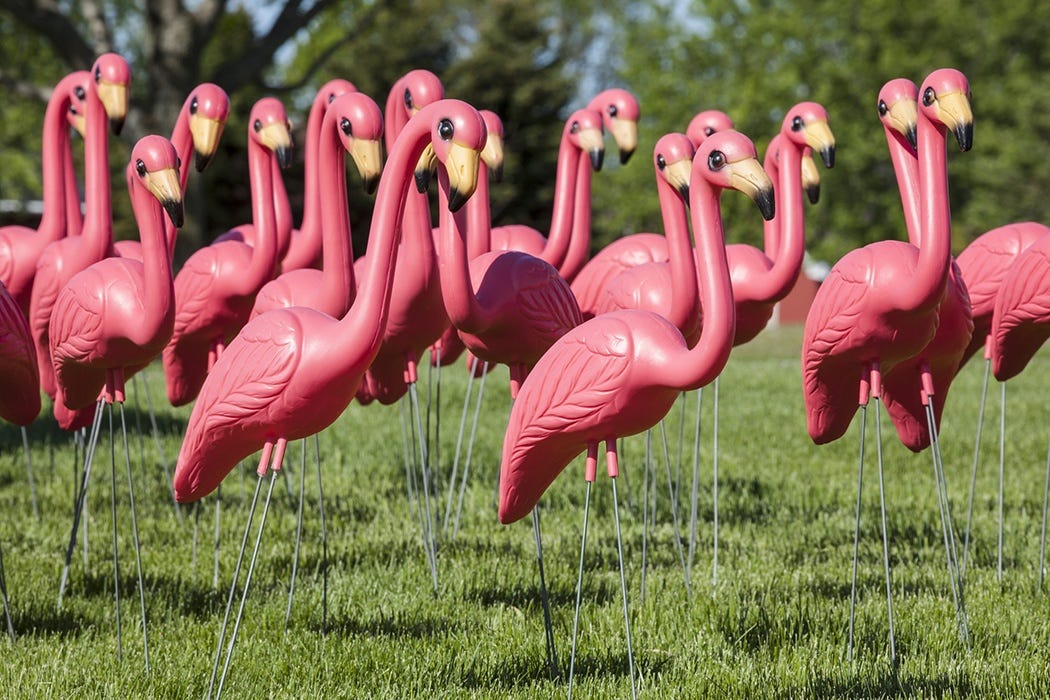
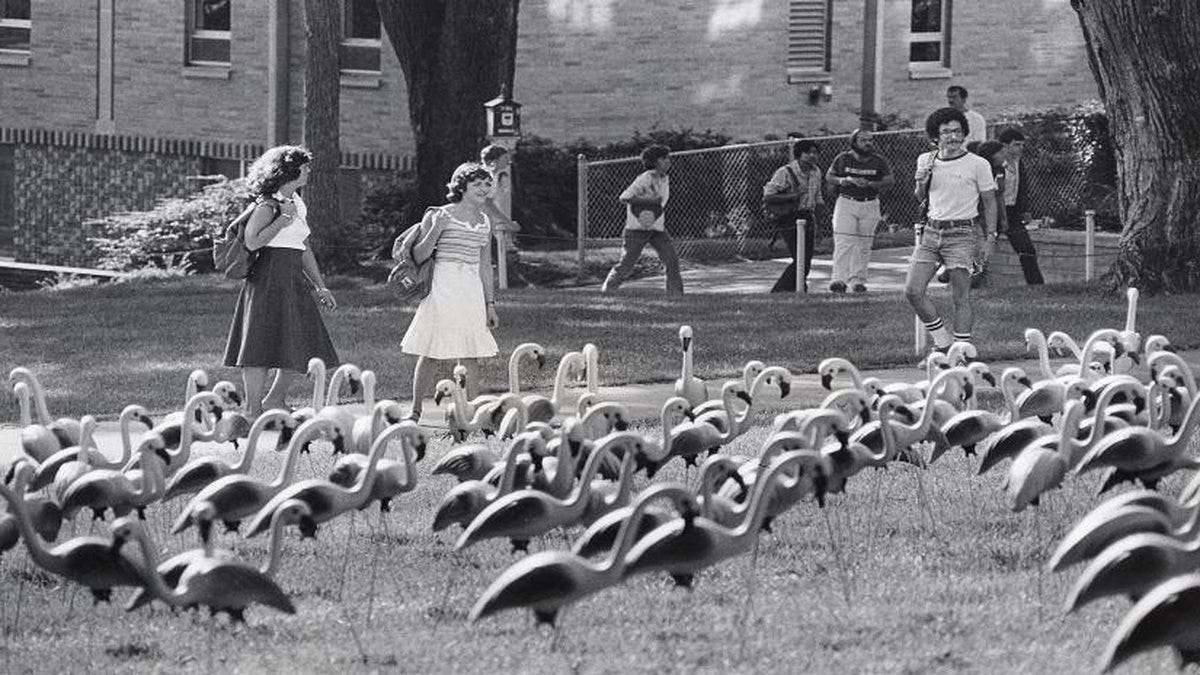
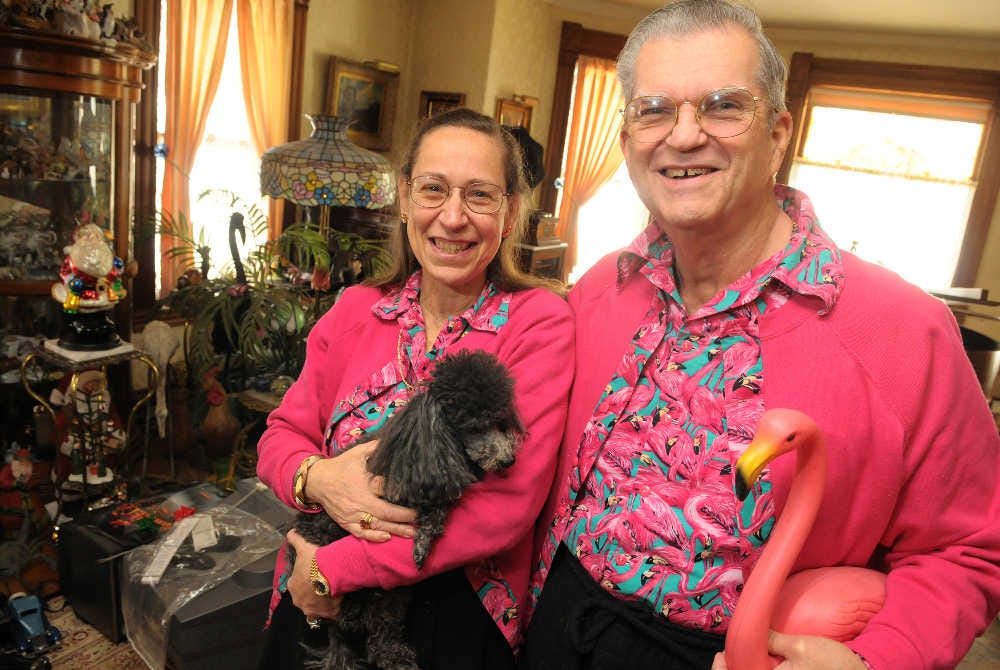

This is an area of my city - https://www.cbc.ca/player/play/video/1.3307653